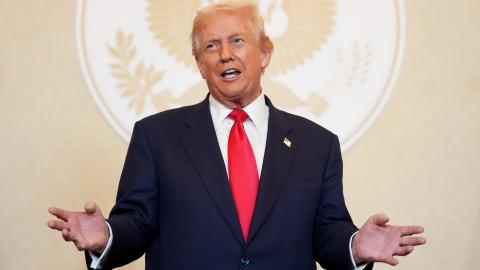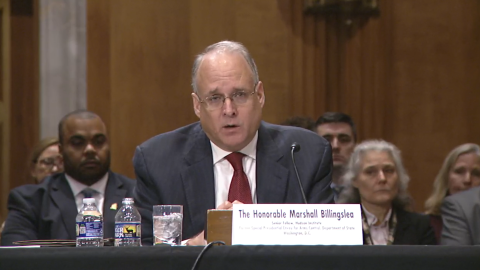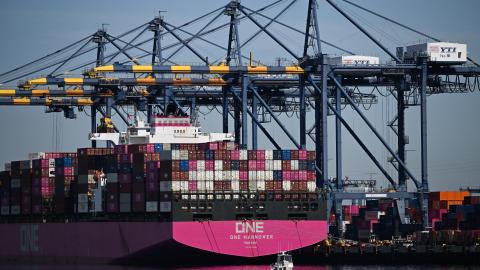US President Donald Trump has declared war on America’s trade deficits. The US has imposed a minimum 10 percent tariff, or tax, on all imports flowing into the US, with larger tariffs on imports from countries where the US has trade deficits. According to President Trump, the reason behind the new tax is simple. The US has run an annual trade deficit in goods for decades. That deficit has grown to exceed $1 trillion each year for the last four years. And his administration feels this is no longer acceptable.His solution is equally simple: imposing tariffs on imports. Economists and policymakers have long debated what the appropriate policies to deal with trade deficits should be. But Trump is not interested in these debates anymore. He wants to reduce the deficit and increase US manufacturing immediately. Trump demands expediency. And Trump’s second term in office should be seen as an administration set on getting things done. It is an act-first, reflect-later approach, and in the case of US trade policy, it is tariff now and negotiate trade deals later. The problem for global markets and world leaders is that despite these simplicities, there is still a lot of uncertainty around US trade policy and what it means for the American and global economies.
Effects in stock markets
We are already seeing the immediate effect of these uncertainties in record market selloffs in the US and global financial markets. In just a few days after the tariffs were announced, the S&P 500 in the US, FTSE 100 in Europe, Nikkei 225 in Japan, and Hang Seng in Hong Kong all dropped ove 10 percent. Cumulatively, these losses are worth trillions of dollars. Those hurt most from these selloffs are the same companies that will eventually be hurt when the cost of tariffs comes around. These are large, multinational companies that rely on globally diverse supply chains but are particularly reliant on supply chains in China and across the rest of Asia. This includes companies like Apple, Amazon, and NVIDIA, to name a few. Publicly traded companies will not only have to deal with these market losses but all companies, including privately-owned, will now have to navigate new global supply chains in order to reduce their exposure to the cost of US tariffs. This includes increasing investments in the US or shifting to countries with lower tariff rates.
Trump seeks to attract new foreign investment to the US, with tariffs designed to support that goal. However, even without these additional costs, operating in the US remains more expensive than in Southeast Asia or Latin America. That is why production has moved to these developing markets. With the additional cost of tariffs, the cost of imports may increase but the cost of doing business in America will increase as well. Tariffs generally increase producer prices, which may also lead to an increase in consumer prices. All this puts additional pressure on American consumers at a time when the US may be nearing a recession.
Retaliations all over the world
Things become even more complicated for the US economy and Trump when other countries, like China, or trading blocs like the European Union (EU) respond with tariffs of their own on US exports. Beijing continues matching US tariffs with its own tariffs. It has also shown a willingness to use non-trade related measures to punish US companies, like investigating US companies for suspected monopoly practices. US-China trade relations are only going to move further apart. Since Trump’s first administration, and its trade war with China, American and foreign companies have reduced their reliance on China as a global supplier. Companies have developed what they call an in-China, for-China policy, which means their supply chains located within China will service the China market. Meanwhile, their supply chains outside of China will service the US and global markets.
With Trump’s new tariffs, companies are now also talking about an in-America, for-America policy. Meaning, companies do not want to give up on America’s large consumer base but the cost of doing business in the US exceeds the demand for US products abroad. No one but Trump truly knows whether tariffs are here to stay or open to negotiation. But if these tariffs persist for a long time, we may see even more global supply chains shift towards regional supply chains. At the end of the day, Trump will get what he wants. He is already getting other countries to come to the negotiating table. They are offering to lower their trade barriers and purchase more American-made goods. Some countries are seeing new tariffs, despite offering the White House attractive deals, and not retaliating against the tariffs. The trade deficit may decrease as well. Trump may achieve his goals in reducing the trade deficit, but not without significant economic disruption.















